
Getty Images
Rock legend Ozzy Osbourne has died at 76, just weeks after his moving final live show.
The Black Sabbath frontman had battled Parkinson’s disease for years.
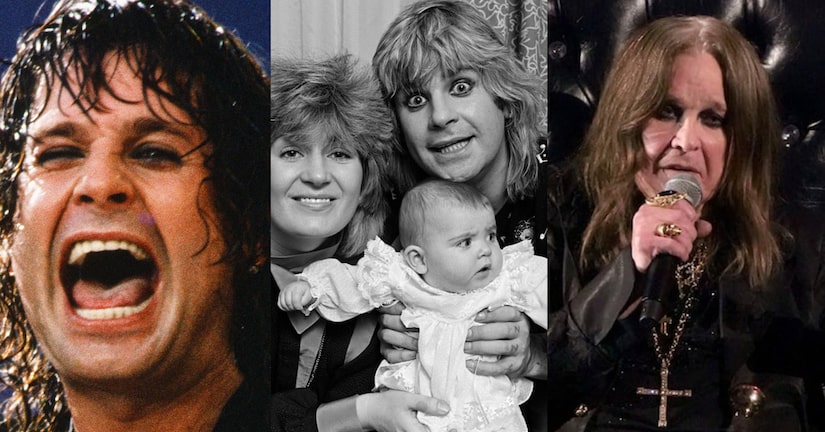
In a statement to “Extra,” the “Crazy Train” singer’s bereaved family announced, “It is with more sadness than mere words can convey that we have to report that our beloved Ozzy Osbourne has passed away this morning. He was with his family and surrounded by love.”
Signed by his wife Sharon Osbourne and his children Jack, Kelly, Aimee and Louis, it went on, “We ask everyone to respect our family privacy at this time.”
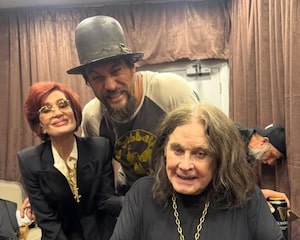
Celebrities React to Ozzy Osbourne’s Death
View Story
Osbourne’s star on the Hollywood Walk of Fame will immediately reflect his passing. Its producer tells “Extra,” “Ozzy Osbourne was more than a rock legend — he was a cultural icon who reshaped music and defied expectations. His star on the Walk of Fame will now shine even brighter as fans from around the world come to honor his incredible legacy. He will be deeply missed.”
Fellow music icon Elton John was quick to react on Instagram, posting, “So sad to hear the news of Ozzy Osbourne passing away. He was a dear friend and a huge trailblazer who secured his place in the pantheon of rock gods — a true legend. He was also one of the funniest people I’ve ever met. I will miss him dearly. To Sharon and the family, I send my condolences and love.”
The inimitable rocker gave his final live performance on July 5 at a Black Sabbath farewell gig in Birmingham, England. It came 22 years after he was first diagnosed with Parkinson’s disease, and five years after he revealed his diagnosis to the world.

Getty Images
Ozzy Osbourne Can No Longer Walk Due to Parkinson’s Disease
View Story
Osbourne, who said the disease was “not a death sentence” at the time, was relatively well for many years, but was unable to walk as of February.
He was born John Michael Osbourne on December 3, 1948, in Marston Green, Warwickshire, England.
He was a co-founder of the immensely influential group Black Sabbath in 1968, which directly participated in the creation of a whole new genre of rock: heavy metal.
The group and Osbourne in particular frequently evoked satanic imagery. Dubbed the Prince of Darkness, he infamously bit the head off a dove at a record-company conference, bit the head off a dead bat at a concert in Des Moines, Iowa, threw raw meat into the audience at shows, shot hens and cats at his English home, and urinated on the Alamo in Texas.
But Osbourne told The New York Times at the height of his fame, “All the stuff onstage, the craziness, it’s all just a role that I play, my work. I am not the Antichrist. I am a family man.”
Still, he admitted to the outlet that his epitaph would be, “Ozzy Osbourne, born 1948. Died, whenever. He bit the head off a bat.”
Osbourne’s run with Black Sabbath was marked by commercial success, even as he was plagued by alcohol and drug issues. He sang with them for eight studio albums: “Black Sabbath” (1970), “Paranoid” (1970), “Master of Reality” (1971), “Vol. 4” (1972), “Sabbath Bloody Sabbath” (1973), “Sabotage” (1975), “Technical Ecstasy” (1976), and “Never Say Die!” (1978).
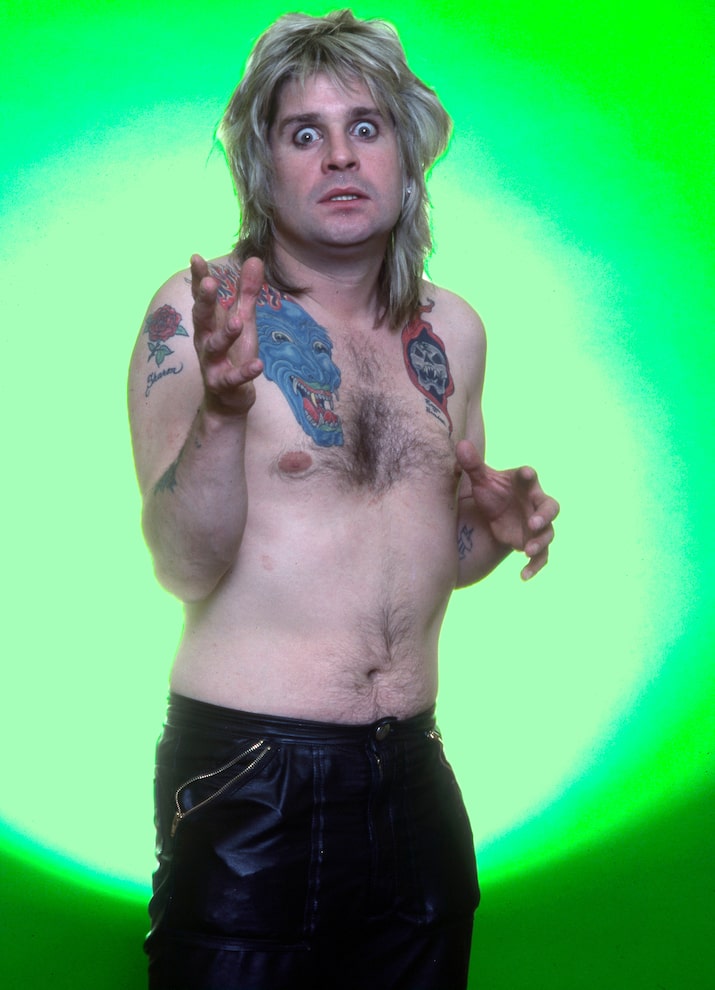
Getty Images
After that, Osbourne was sacked by the band for his addiction issues, but he was able to parlay his notoriety into a monstrously successful solo career.
Osbourne released 13 studio albums, starting with 1980’s classic “Blizzard of Ozz” — which spawned his signature song “Crazy Train” — and including “Diary of a Madman” (1981), “Bark at the Moon” (1983), “The Ultimate Sin” (1986), “No Rest for the Wicked” (1988), “No More Tears” (1991), and “Ozzmosis” (1995).
Osbourne continued to be arguably the most controversial artist in music. In 1982, his guitarist Randy Rhoads and two others died in a plane crash while they were all on tour, and in 1986 he was sued over a song he wrong with Rhoads and Bob Daisley, “Suicide Solution.” Though a teen’s parents were convinced it had persuaded their son to take his own life, Osbourne rejected their contention, as did a court — the lawsuit was dismissed.
Just three years later, his dark, death-infused duet with Lita Ford, “Close My Eyes Forever,” became his first-ever appearance on the Billboard Top 40, and his first and last Top 10 hit.
Osbourne was invited back to Black Sabbath in 1997, singing on its last-ever album — “13” (2013) — and touring with them until 2017.
It was Black Sabbath that was the impetus for Osbourne’s final performance. Called “Back to the Beginning,” his July 5, 2025, show featured Osbourne seated on a black throne. The show raised money for a variety of charities, including the Cure Parkinson’s Trust and children’s hospitals.
The fact that Osbourne performed right up until his death was ironic, as he had announced he was calling it quits countless times in his career — his 1992 tour was even called the No More Tours tour.
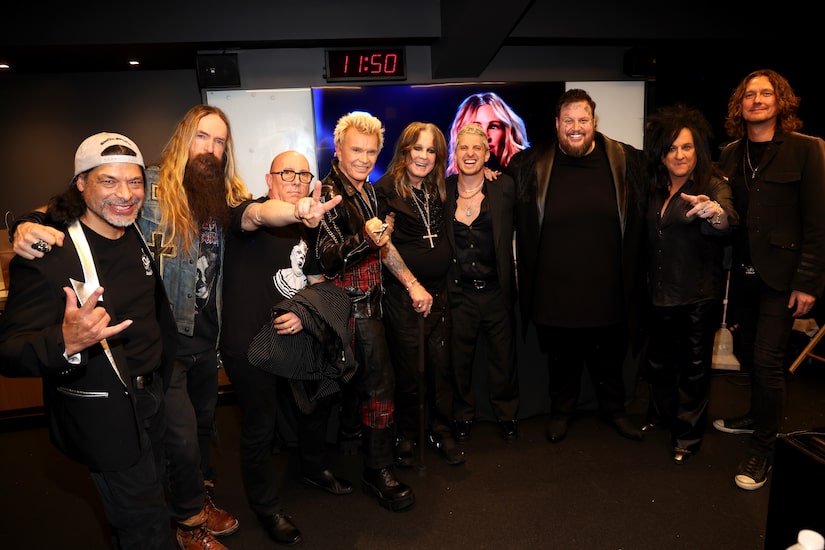
Getty Images
Outside of music, at the dawn of the reality-TV explosion, Osbourne — managed by his hard-driving wife Sharon Osbourne — became a star all over again as the center of MTV’s “The Osbournes” (2002-2005). The show made his wife an in-demand personality, and made celebrities of their children, particularly Jack and Kelly.
“The Osbournes” showcased Osbourne’s comedic side, and was at the time the most-watched series in MTV history. Not bad for a guy whose only solo single to hit the Billboard Top 40 was 1991’s “Mama, I’m Coming Home.”
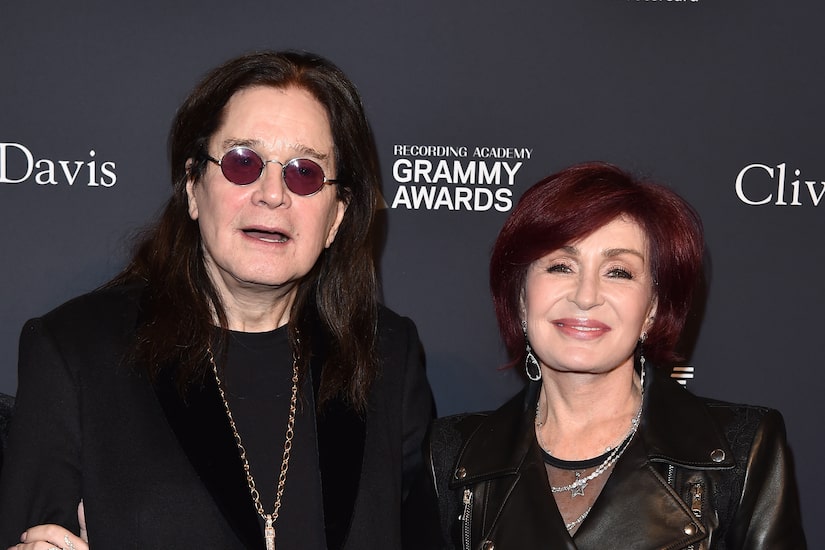
Getty Images
For his contributions to music, Osbourne — who sold over 100 million albums in his career — was a two-time Rock ‘n’ Roll Hall of Fame inductee, both for his solo work and as part of Black Sabbath.
He is survived by his wife and their children, Jack, Kelly and Aimee; as well as by his three children from his first marriage, Jessica, Louis and Elliot; and by his grandkids.

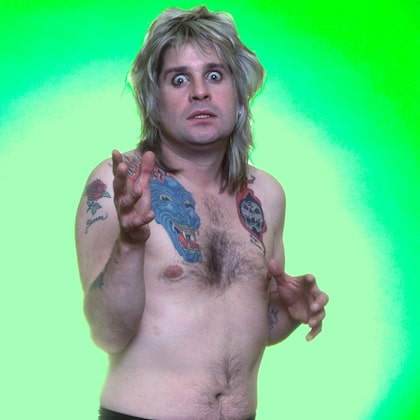


Comments are closed, but trackbacks and pingbacks are open.